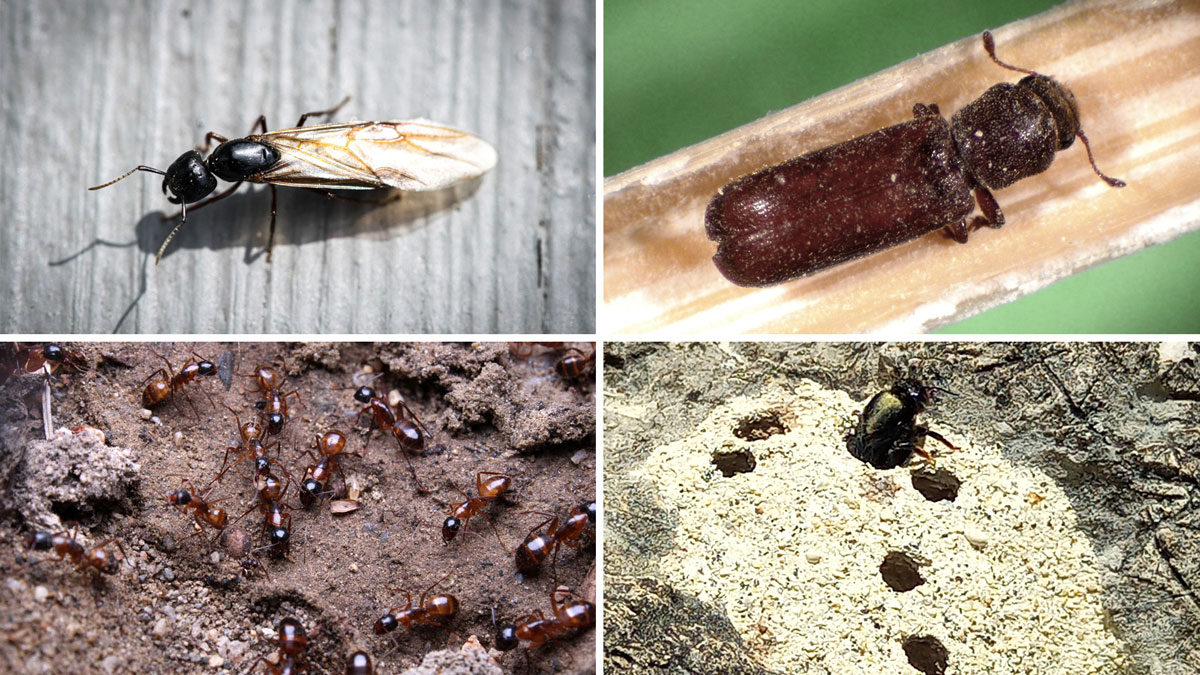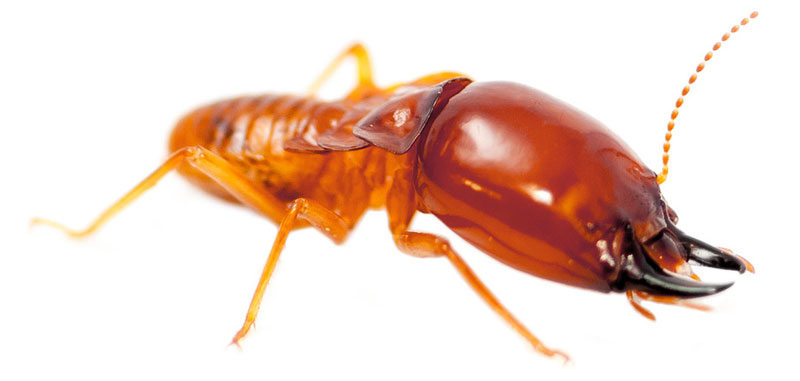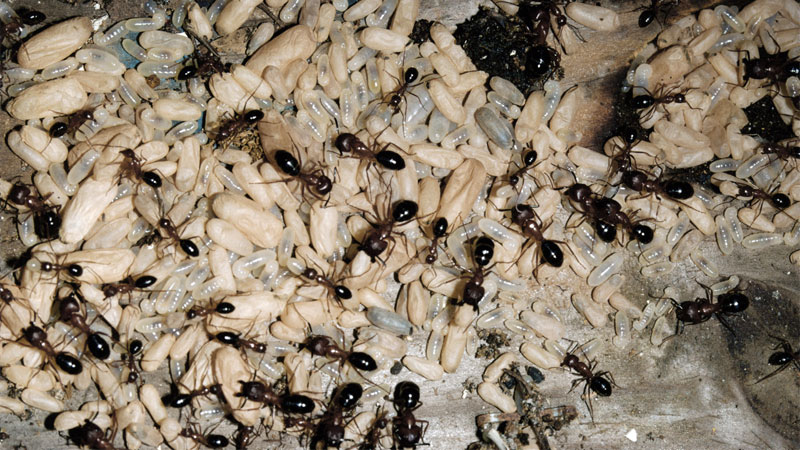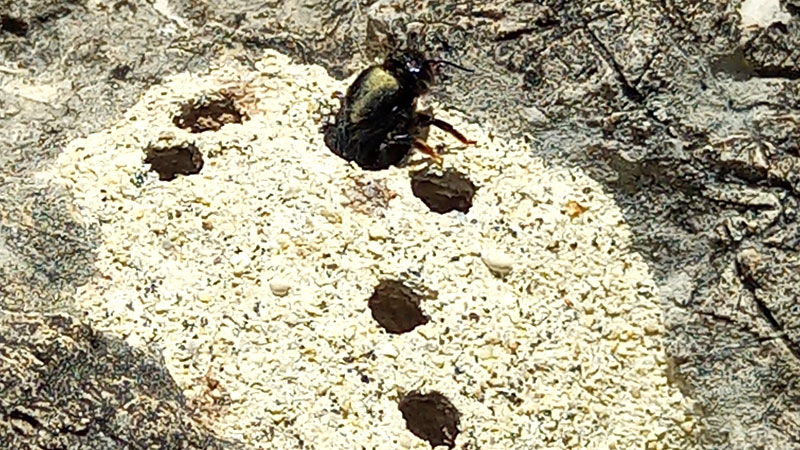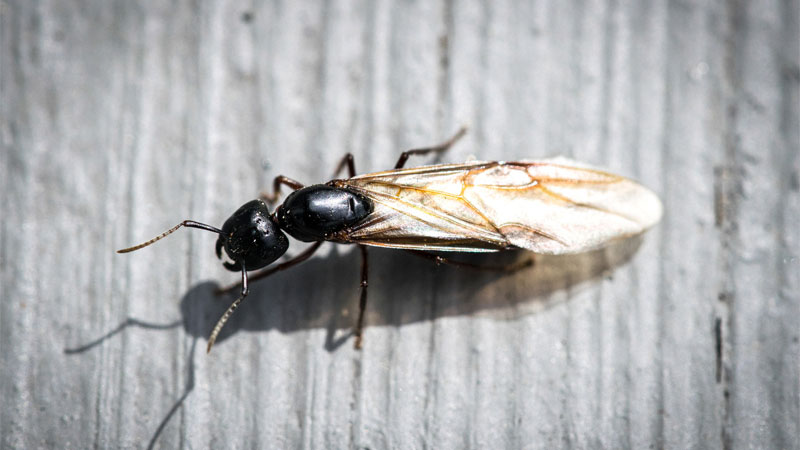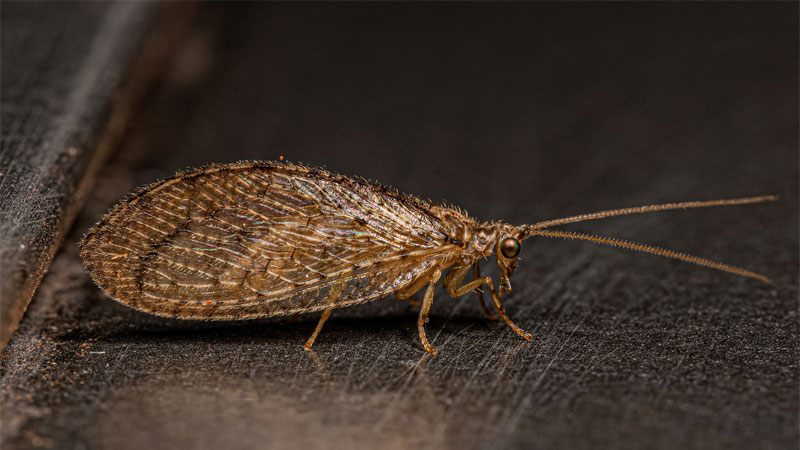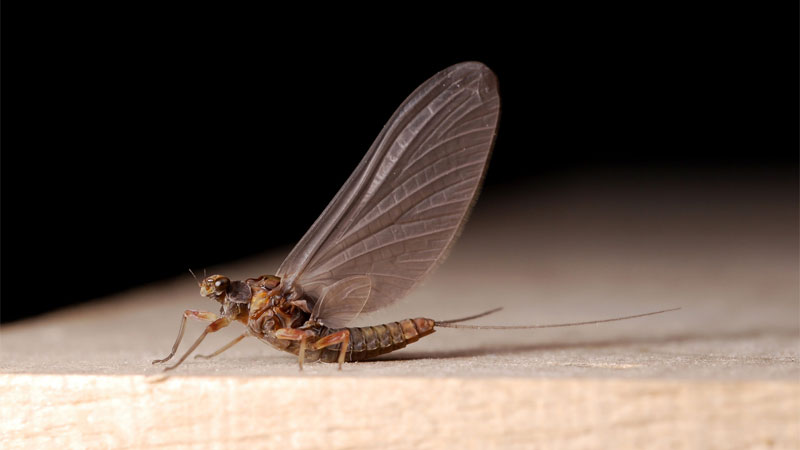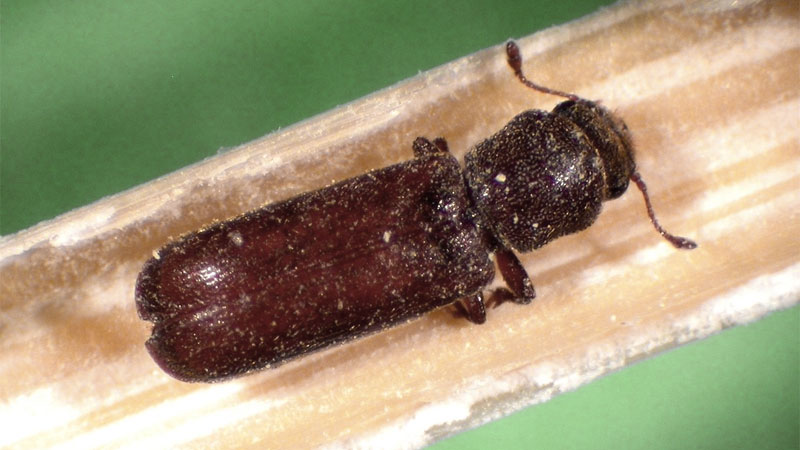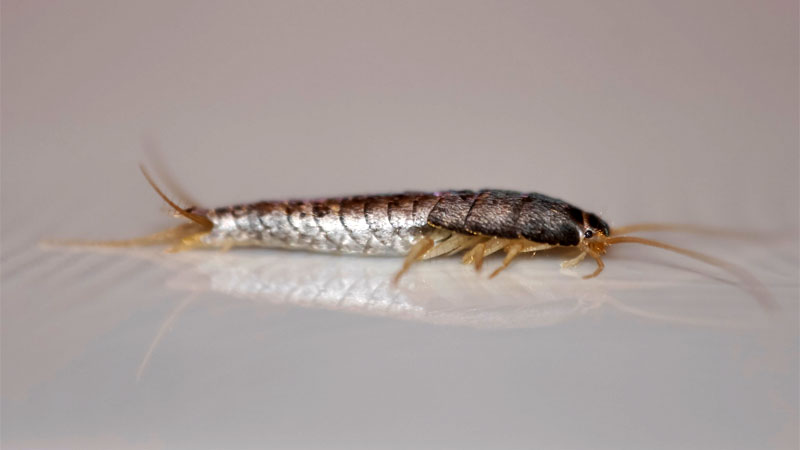Many critters can spark phobias in people, such as crane flies or cockroaches. However, many pests deserve to be feared, especially if you find them in your home. A prime example of this is the termite.
Most termites prefer to live outdoors, but there are many species that can invade your home. Once there, they’ll burrow into old or damaged wood, causing massive structural damage if not dealt with quickly. Even worse, the exterminator cost for this particular pest can get rather expensive.
Contrary to popular belief, termites aren’t related to ants and have actually evolved from roaches. They belong to the infraorder Isoptera, which roaches being in the parent order Blattodea. Termites help break down decomposing plant matter, most notably wood.
These are all important details because it’s very easy to mistake a number of other critters for termites, even though they might have very different habits. Here are some of the most common victims of mistaken identity, what sets them apart, and whether you should be worried.
But first, here’s what a typical termite looks like:
Bugs That Look Like Termites
#1 – Ants (in General)
No place is more appropriate to begin discussing termite look-alikes than the ant. Ants belong to the family Formicidae in the order Hymenoptera. While there are some ant species that are more difficult to tell apart from termites, all ants can look similar at first glance.
Since ants tend to be less destructive than termites, being able to tell them apart is important. Thankfully, there are several visual differences you can use to distinguish them.
The legs of termites are short and their antennae straight, while ants have long legs and bent antennae. Ants are also thinner, with a pinched neck and waist, longer thorax and shorter abdomen while termites have no pinching, longer, wider abdomens and a shorter thorax.
Another big difference that isn’t as easily noticed is that all termites become workers before becoming higher castes, while ants emerge from their pupal stage as the caste they’ll be for the rest of their lives.
#2 – Acrobat Ant
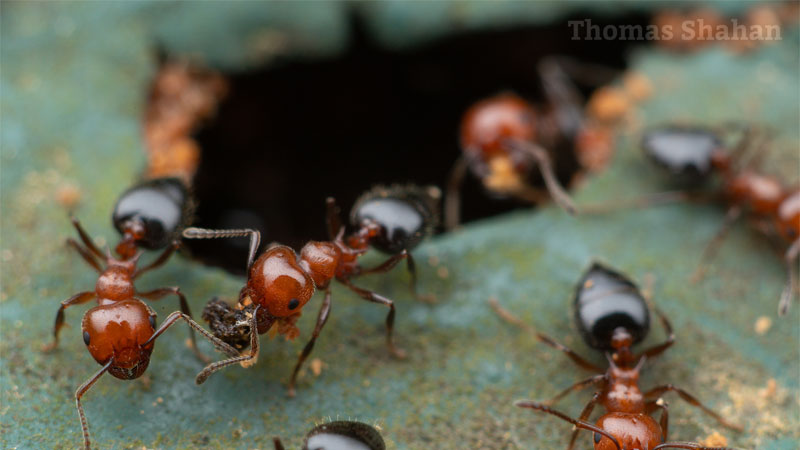
As we’ve already mentioned, ants bear a visual resemblance to termites at first glance but aren’t actually related. Of all the species out there, one of the most commonly confused ones is the acrobat ant (Crematogaster laeviuscula).
These ants are orange-red with a dark brown to black abdomen and prefer to make their homes in dead trees or other areas with decaying wood.
What makes these so easy to mistake for termites is the fact that the acrobat ant will often claim abandoned termite nests. They also tend to remove feces from their nests, which is another habit termites are known for.
While these ants don’t do any major damage to wood, they are known to burrow into foam insulation and damage electrical wires.
The good news is that you can distinguish between termites and acrobat ants by their appearance. Termites have large, elongated abdomens while acrobat ants have a shorter, heart-shaped abdomen. Termites also have a pair of short cerci on their abdomens.
Also, they tend to be a uniform color, with the abdomens often being somewhat transparent, while acrobat ants have a bicolored body. Finally, acrobat ants are known to emit a foul odor and/or raise their abdomens when threatened, which are two mechanisms termites don’t exhibit.
#3 – Carpenter Ant
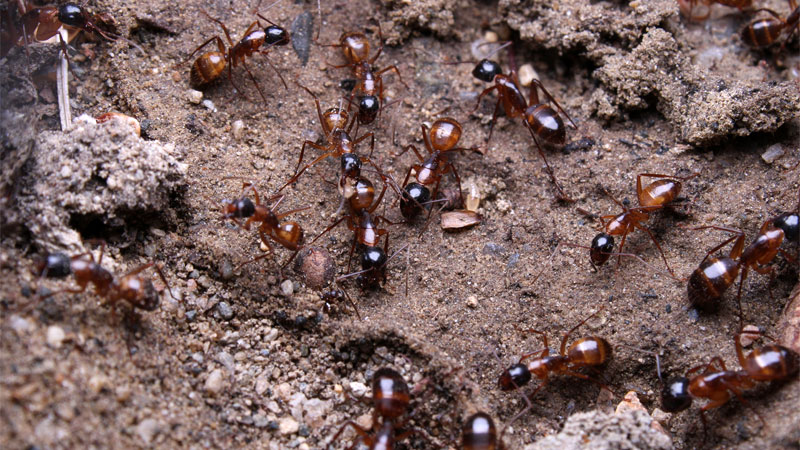
Of all the ant species out there that get mistaken for termites, carpenter ants are the most common. Both can be found within your walls and these ants excavate their tunnels into wood, disposing of the remnants outside of the nest.
It can be very easy to confuse these ants for termites, even though they look different because of these similar habits. However, there are a few ways to tell them apart.
Unlike termites, carpenter ants can’t eat wood. Instead, they carefully carve it up, and the debris tends to look like wood shavings. Meanwhile, the tunnels created by carpenter ants are sandpaper smooth, whereas termite tunnels have rough edges.
Finally, carpenter ants will leave the nest to forage for food, while termites will simply eat more tunnels into the nest.
#4 – Carpenter Bee
Hailing from the genus Xylocopa, carpenter bees look very different from termites, but the entrances to their nests are often confused for termite entrances. This can be compounded by the fact that the bees tend to build nests near each other.
The nests also tend to be very shallow and cause very minor damage whereas termites burrow deep into the wood and can cause extensive damage.
Most carpenter bee species are solitary, although a few species will cohabitate in small groups. In group nests, bits of wood are used to create partitions between cells. While the bees themselves do little damage, they can often attract woodpeckers that will add to the amount of damage present.
#5 – Flying Ant (AKA Alate and Queen)
Let’s move back to ants one last time to discuss a very specific life stage: the mating flight. Male ants, called alates, are born from unfertilized eggs. Their adult forms have wings and will die after the mating flight.
They usually remain either in the nest or near the entrance and do no work during their short lives. Meanwhile, ant queens begin their adult lives with wings and lose them after a successful mating flight and the founding of a new colony.
Termites are very different. They emerge from their nymph stage as male or female workers. From there, the workers may remain workers or molt into different castes, including soldiers or alates.
These termite alates will only leave the nest when it’s time to mate and will break off into mating pairs. The pairs will then locate a suitable spot for a new colony, excavate a small den, then block themselves inside to mate and begin the colony.
When alates are mating, it can be easy to confuse ants and termites, but there are a few notable differences in their behavior. For example, ant alates can sometimes be seen around the nest entrance, while termite alates don’t emerge until it’s time to mate.
Ants mate while in flight and often form loose swarms, but termites break away into male/female pairs in search of a nesting site before landing and mating behind closed doors. Finally, the hind wings of ants are smaller than their forewings, while termites have the same size forewings and hindwings.
#6 – Lacewing
The family Chrysopidae, better known as green lacewings, are very different from termites in almost every respect. They have translucent or cloudy brown wings with greenish veins that usually rest vertically when not in use. Lacewings are beneficial insects that actively hunt a number of common garden pest.
What makes these critters resemble termites is in their winter behavior. They’re green for most of the year, but turn brown during the winter. Since they tend to swarm, it can be easy at this point to mistake them for flying termites.
It should also be noted that you’re far less likely to see lacewings in your home and they’ll usually be hanging around plants whenever you encounter them.
#7 – Mayfly
Mayflies are aquatic insects from the order Ephemeroptera. They’re often mistaken for drywood termite alates because they’re active in the summer although they most often swarm after it rains. They’re attracted to lights, often up all over porches and lit windows.
However, there are some major differences between these two critters as well. The hindwings of mayflies are tiny or nonexistent, while the forewings are held vertically when at rest. They come in a variety of light colors and have two to three cerci at the end of their abdomens.
Also, while termites tend to hide in wood, mayflies will actively seek out standing water. Finally, adult mayflies are around an inch long, making them much bigger than termites.
#8 – Powderpost Beetle
There are 70 species of powderpost beetles in the subfamily Lyctinae. While they have typical beetle bodies, their oval abdomens can give them a similar appearance to termites at first glance. However, the adults aren’t the real threat – it’s the larvae.
Powderpost beetle larvae burrow into damp, untreated wood where they chew the wood into a fine powder. An infested piece of wood will be peppered with entrance holes, and you may even hear the larvae making clicking sounds from inside under certain conditions.
These pests can do as much damage as termites, although they’re easier to deal with.
#9 – Silverfish
The teardrop shape of silverfish can easily be mistaken for a termite, especially considering how fast silverfish can scurry away. There are several species of silverfish that can take on different appearances. However, one thing they all have in common is the presence of two cerci and an epiproct at the end of their abdomen.
Silverfish have a varied diet, which can include cellulose. The biggest differences between silverfish and termites is in movement and range. Silverfish can be found in moist areas of the house, while termites tend to remain hidden in their nest.
Silverfish also have a curious wriggling movement similar to how fish swim, which lends to their common name.
- How to Get Rid of Hawks - March 8, 2024
- How to Get Rid of Pill Bugs (Rolly Pollies) - March 1, 2024
- How to Get Rid of Groundhogs (Woodchucks) - February 5, 2024

